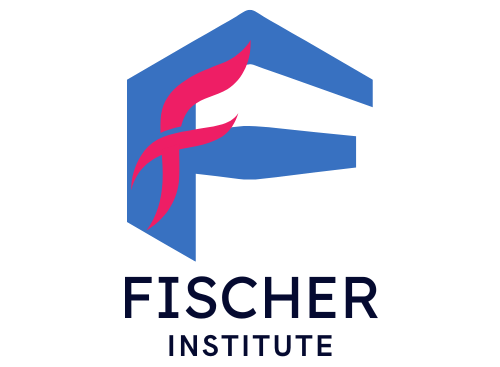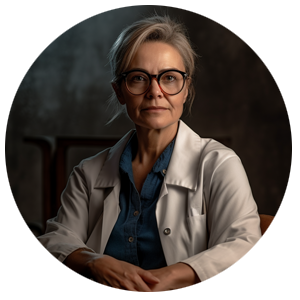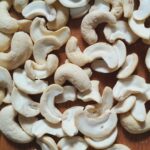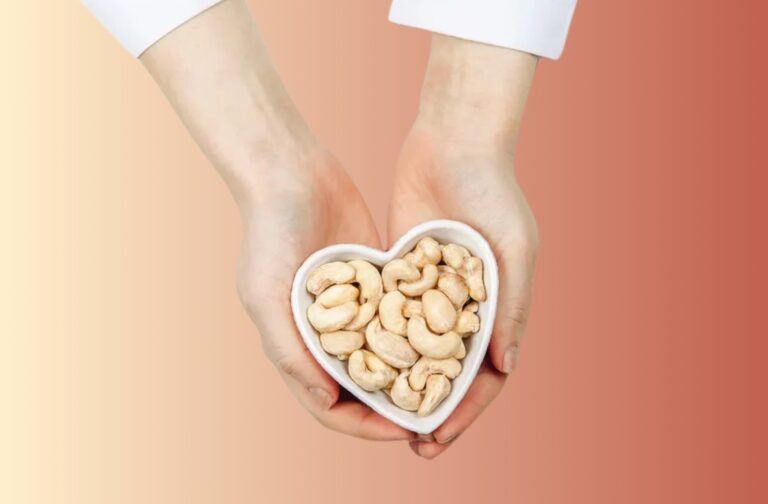A ubiquitous staple in homes all around the nation are green beans. They go by a variety of names, with snap beans and string beans being two of the more well-known. However, despite their name, they are not usually green. The common bean (Phaseolus vulgaris), which is a form of green bean, can also be yellow or purple.
Native to North, South, and Central America are green beans. However, they now flourish everywhere. No of the season, you can always find them at grocery shops because they grow all year round. However, between May and October, when they are at their peak, is when you may frequently find them in nearby farmer’s markets.
Page Contents
- 1 Health Benefits
- 2 Nutrients
- 3 Things to Watch Out For
- 4 How to Prepare Green Beans
- 5 Delicious Green Bean Recipes to Try
- 6 Growing Green Beans in Your Garden
- 7 FAQ
- 7.1 What is the difference between green beans, snap beans, and string beans?
- 7.2 Are green beans a vegetable or a legume?
- 7.3 How should I choose fresh green beans at the store?
- 7.4 Can I eat their leaves?
- 7.5 How can I reduce the gas and bloating associated with green beans?
- 7.6 Are canned and frozen green beans as nutritious as fresh green beans?
- 7.7 How can I preserve the nutritional value of green beans when cooking?
- 7.8 Are there different types?
- 7.9 Can I grow them indoors?
- 8 Conclusion
Health Benefits

Green beans may have few calories, but they are packed with vital nutrients that have a number of positive health effects. The legumes are trich in antioxidants, such as quercetin, kaemferol, flavonols, and vitamin C. These antioxidants combat free radicals in the body, reducing cell damage and maybe lowering your risk of developing certain diseases.
Green beans provide other health advantages, such as:
Improve Heart Health
Fiber, a crucial ingredient for numerous reasons, is abundant in green beans. By reducing your levels of LDL cholesterol (bad cholesterol), soluble fiber in particular may assist to improve the health of your heart.
Maintain Gut Health
Green beans’ high fiber content supports a healthy, efficient digestive tract. However, some types of fiber can be detrimental to your health if you have a digestive issue like irritable bowel syndrome, causing gas, bloating, and discomfort in your intestines.
Avoiding foods high in FODMAP often helps people with irritable bowel syndrome (and other digestive problems) feel better. FODMAPs are carbohydrates that might not be easily absorbed or properly digested. Green beans are a low-FODMAP food that can aid in easing digestive disease symptoms.
Support for a Healthy Pregnancy
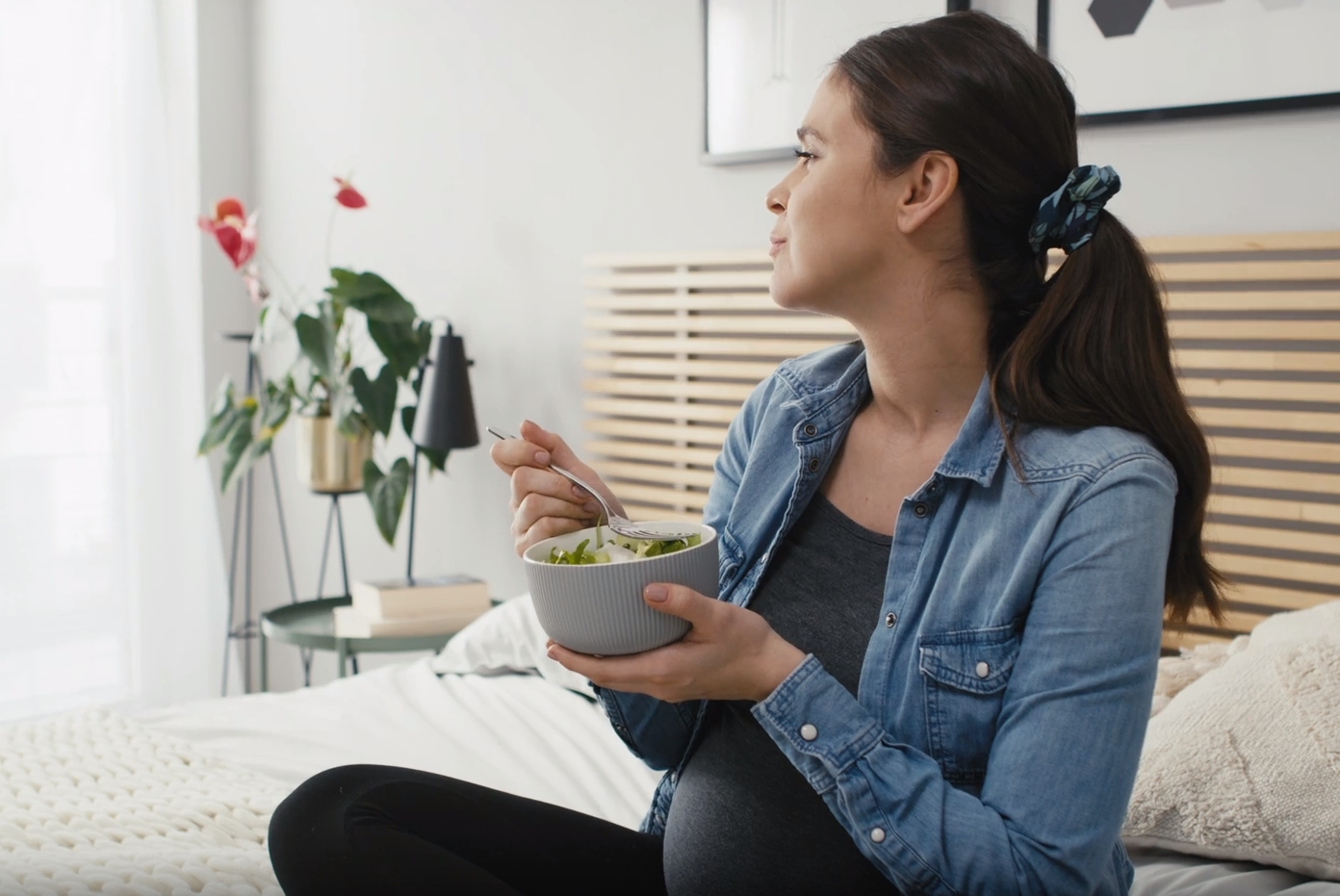
Approximately one-third of your daily recommended dose of folate, a B vitamin required for the growth and development of pregnant children, can be found in only one cup of green beans. The risk of some birth abnormalities is lowered by the vitamin. Pregnant women need to consume more folate than non-pregnant women do. Whereas the majority of individuals need 400mcg per day, pregnant women need 600mcg, and nursing mothers need 500mcg.
Keep your bones healthy
Green beans provide a good amount of calcium and are rich in vitamin K. These vitamins and minerals play a crucial role in keeping strong, healthy bones and lowering fracture risk.
Reduce the signs of depression
It’s crucial to have adequate folate at all times, not just during pregnancy. The B vitamin is crucial for lowering depression as well. The level of homocysteine in your body can be decreased by getting adequate folate. Serotonin, dopamine, and norepinephrine, chemicals that control your mood as well as your sleep and appetite, can’t be naturally produced by your body if you have too much homocysteine.
Possible Aid for Anemia
Red blood cells, which carry oxygen from the lungs to all other cells in your body, are absolutely necessary and include iron. Anemia, which is characterized by exhaustion, weakness, and lightheadedness, can result from insufficient iron intake. A good source of plant-based iron that can assist to guarantee you get the amount you need to prevent anemia is found in green beans.
May Reduce Cancer Risk
Chlorophyll, which is found in green beans, may aid to lessen the risk of cancer and inhibit the formation of cancerous tumors. However, a lot of the recent studies employ animals. The effects of chlorophyll against cancer require further study.
Nutrients
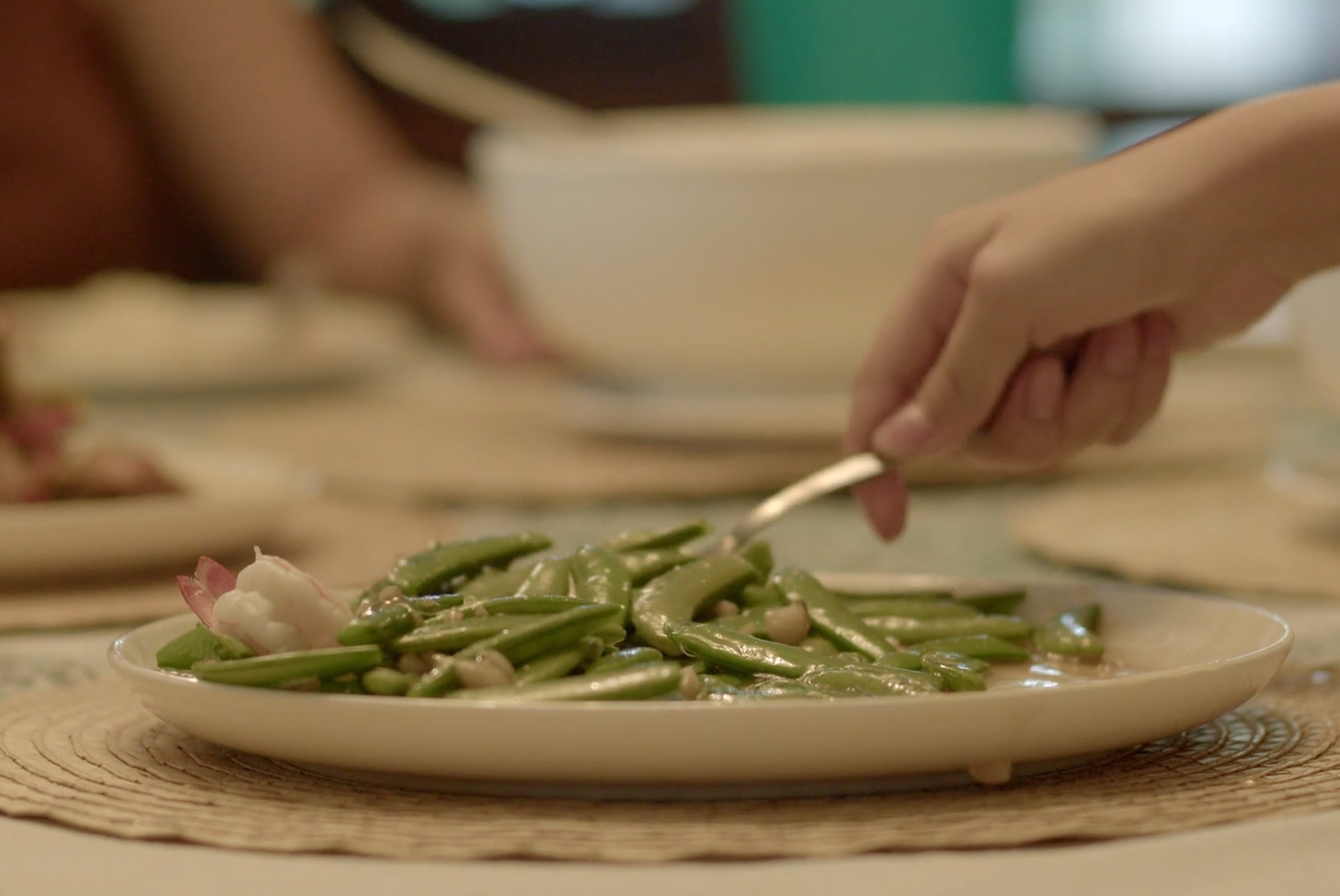
Green beans contain many essential vitamins and minerals, including:
- Vitamin A
- Vitamin C
- Vitamin K
- Folate
- Thiamine
- Niacin
- Calcium
- Iron
- Magnesium
- Phosphorous
- Potassium
- Zinc
A single cup of fresh green beans contains approximately 25% of your recommended daily intake of vitamin C. It also has around 15% of your recommended daily intake of vitamin A, a vitamin necessary for eye health, as well as 33% of your recommended daily intake of folate, which is vital for preventing neural tube defects.
Nutrients Per Serving
| Nutrient | Amount per half-cup serving |
|---|---|
| Calories | 16 |
| Protein | 1 gram |
| Fat | 0 grams |
| Carbohydrates | 3 grams |
| Fiber | 1 gram |
| Sugar | 2 grams |
Things to Watch Out For
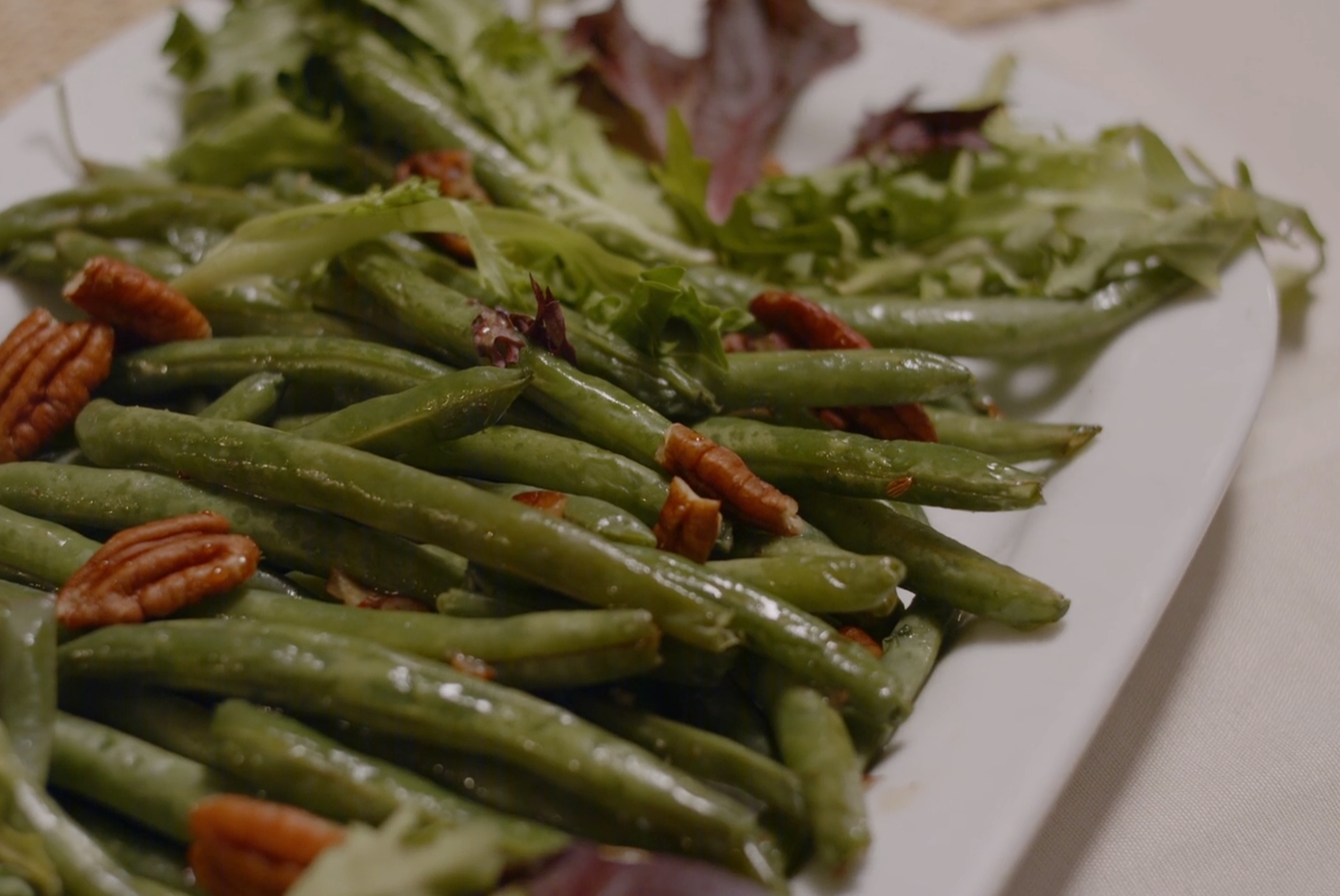
Vitamin K May Interfere with Blood Thinners
Before including green beans in your diet if you use blood thinners like warfarin, consult your doctor. Legumes’ vitamin K concentration may conflict with your medicine and alter how your blood clots.
They Contain Lectins
Green beans and other varieties of beans include lectins, a type of protein. They certainly offer some advantages, but they can also upset your stomach. You must fully cook green beans to inactivate lectins.
They Contain Phytic Acid
Phytic acid can bind with certain minerals, preventing your body from absorbing them. If you have a mineral deficiency, you should speak with your doctor before adding green beans to your menu.
Canned Green Beans May Contain Added Salt
Although green beans are a low-sodium food by nature, certain canned types contain additional salt. Your risk of high blood pressure and heart-related issues can increase if you consume too much salt. If you do decide to buy canned beans, make sure to carefully rinse them to get rid of extra salt.
How to Prepare Green Beans
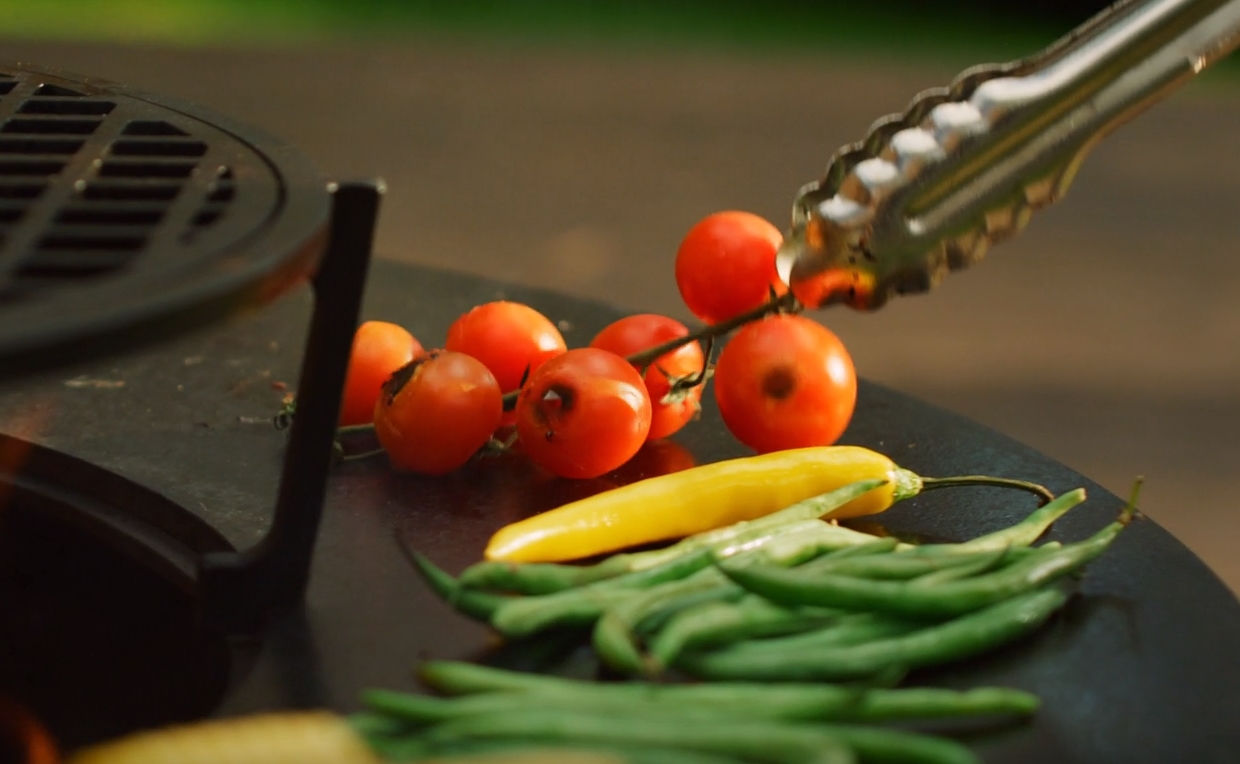
One of the most adaptable legumes is green beans. They are available in fresh form in the freezer aisle, the vegetable area, and even in cans. Here are a few popular preparation methods for them:
- Garlic sautéed with butter or olive oil
- Oven-roasted
- Preparing a green bean dish with them
- With more vegetables in a stir-fry
Green beans can be easily incorporated into a variety of dishes, making them a versatile and nutritious addition to your meals. Here are some ideas for including green beans in your diet:
- Add them to salads: Green beans can add a delicious crunch to your favorite salads. Simply blanch them for a few minutes, then mix them with your choice of greens, vegetables, and protein.
- Mix them into pasta dishes: Combine cooked green beans with your favorite pasta and sauce for a well-rounded meal that includes both vegetables and carbohydrates.
- Stir-fry with other veggies: Green beans can be sautéed with other vegetables, such as protein, onions, and carrots, and served alongside rice or noodles for a quick, healthy meal.
- Create a green bean casserole: A classic comfort food, green bean casserole combines green beans, cream of mushroom soup, and crispy fried onions for a delicious side dish.
Delicious Green Bean Recipes to Try
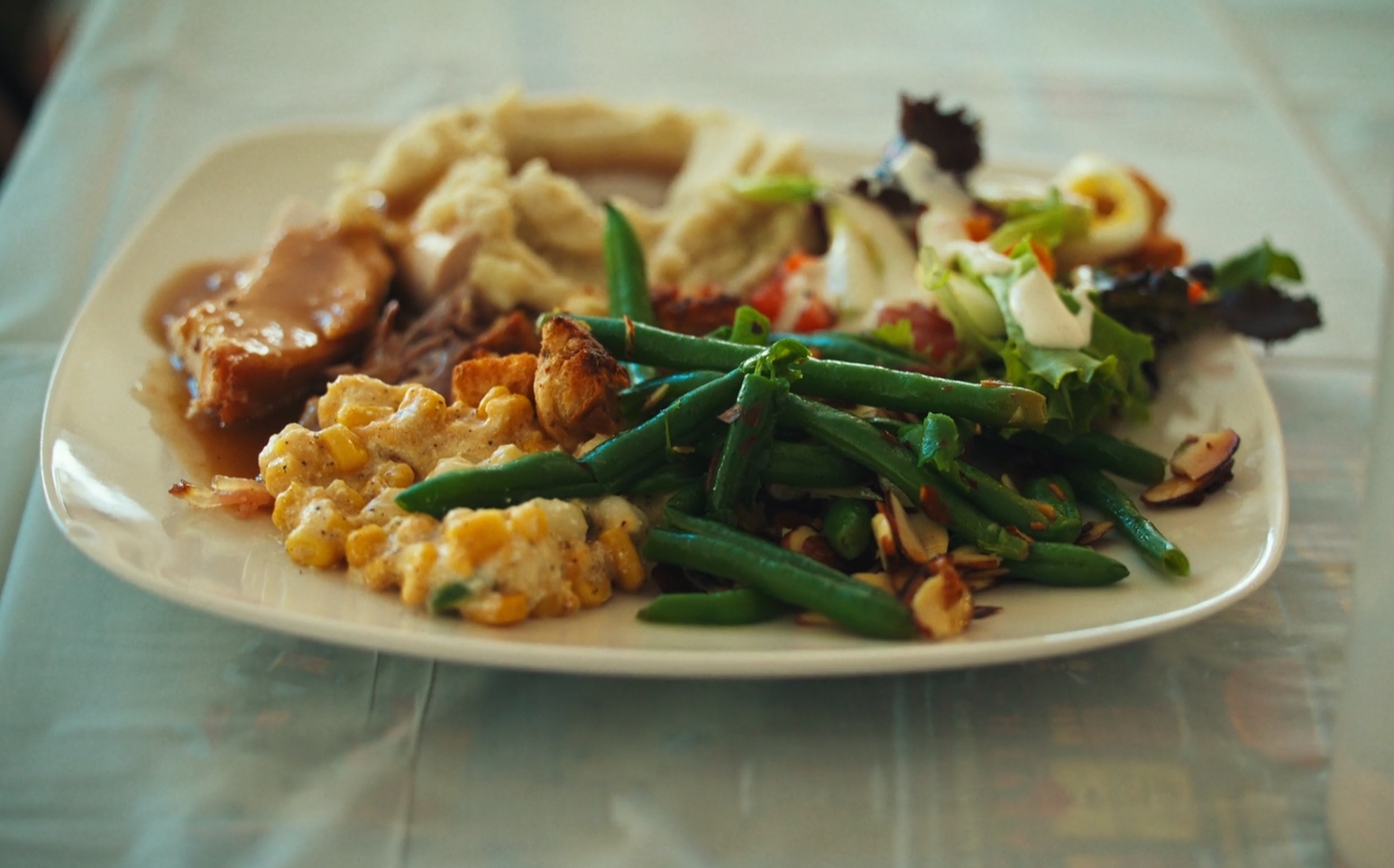
- Lemon Garlic Green Beans: Sauté green beans with garlic, lemon zest, and lemon juice for a zesty and flavorful side dish.
- Green Bean Almondine: Toasted almonds add a delightful crunch to this elegant green bean dish, which can be easily prepared with butter, garlic, and lemon juice.
- Green Bean, Tomato, and Feta Salad: Combine blanched green beans, cherry tomatoes, and crumbled feta cheese for a refreshing and colorful salad.
- Spicy Szechuan Green Beans: Spice up your green beans with a Szechuan-inspired sauce, including soy sauce, garlic, ginger, and chili paste.
Growing Green Beans in Your Garden
Green beans are relatively easy to grow and can thrive in most climates. Here are some tips for growing green beans in your garden:
- Choose the right variety: Green beans come in both bush and pole varieties. Bush beans are compact and require less space, while pole beans grow taller and need support, such as a trellis.
- Plant at the right time: Green beans are a warm-season crop and should be planted after the last frost when soil temperatures reach at least 60°F (16°C).
- Provide adequate spacing: Space bush bean plants 12-18 inches apart and pole bean plants 24-36 inches apart. This allows for proper airflow and minimizes the risk of disease.
- Water consistently: Green beans require consistent moisture, especially during flowering and pod development. Aim to provide 1-1.5 inches of water per week, either through rainfall or supplemental irrigation.
- Harvest regularly: Pick green beans when they are young and tender, usually when they reach about the diameter of a pencil. Regular harvesting encourages the plant to produce more beans.
FAQ
What is the difference between green beans, snap beans, and string beans?
These three terms are often used interchangeably to refer to the same vegetable. Green beans, snap beans, and string beans all belong to the same species, Phaseolus vulgaris, and are harvested before their seeds have fully matured.
Are green beans a vegetable or a legume?
Green beans are classified as legumes, but they are commonly consumed as a vegetable due to their tender texture and relatively mild flavor when compared to other legumes like lentils or chickpeas.
How should I choose fresh green beans at the store?
Look for green beans that are bright in color, firm to the touch, and free of blemishes or brown spots. They should also “snap” when bent in half, indicating their freshness.
Can I eat their leaves?
While green bean leaves are technically edible, they are not commonly consumed due to their tougher texture. It is best to stick to eating the beans themselves.
How can I reduce the gas and bloating associated with green beans?
Thoroughly cooking green beans can help break down some of the complex carbohydrates that can cause gas and bloating. You can also try eating smaller portions and chewing the beans well to aid in digestion.
Are canned and frozen green beans as nutritious as fresh green beans?
While fresh green beans generally have the highest nutrient content, canned and frozen green beans can still be a healthy choice. Frozen green beans are often flash-frozen soon after harvest, which helps to retain their nutritional value. Canned green beans can lose some of their nutrients during processing, but they can still be a convenient and healthy option. Just be sure to choose low-sodium varieties or rinse canned green beans to reduce their sodium content.
How can I preserve the nutritional value of green beans when cooking?
To preserve the nutritional value of green beans, opt for cooking methods that use minimal water and heat, such as steaming, sautéing, or microwaving. Boiling green beans can cause some of the water-soluble vitamins, like vitamin C, to leach out into the water.
Are there different types?
Yes, there are many different types of green beans, including bush beans, pole beans, and runner beans. They can also vary in color, with some varieties producing yellow or purple beans rather than the typical green. Different varieties may have slightly different flavors and textures, but their nutritional profiles are generally similar.
Can I grow them indoors?
Green beans can be grown indoors if provided with adequate light, temperature, and humidity conditions. You will need a large container with proper drainage and a high-quality potting mix. Bush beans are better suited for indoor growing as they require less space and support compared to pole beans. Additionally, provide your indoor green bean plants with a grow light to ensure they receive the necessary light for healthy growth.
Conclusion
Green beans are a nutritious and versatile vegetable that can be easily incorporated into a variety of dishes. They offer numerous health benefits, are simple to grow in your garden, and can be enjoyed in many different ways. By adding green beans to your diet, you’ll not only enjoy their delicious taste, but also the many health advantages they provide.
Theodore is a prolific author at Fischer Institute, known for his insightful articles on health and nutrition. His expertise spans a wide range of topics, from the benefits of traditional foods to the latest in health trends, always aiming to educate and empower readers towards better wellbeing.
Also Read:
- Unlocking the Heart Health Benefits of Cashews: A…
- 15 Interesting Psychological Facts About Dreams -…
- How to Take an Official IQ Test? - Unlocking Your…
- 10 Health Benefits of Wonton Soup: Delicious and Nutritious
- Lemon's Health Benefits: Nature's Tangy Superfood
- The Surprising Mental Health Benefits of Eating…
